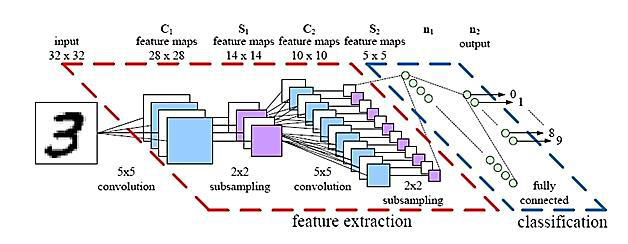The Perks of Being a Beta Tester
Anonym
As part of the Commercial Services Group here at NV5 Geospatial (formerly Harris), I have a unique opportunity of using our latest and greatest tech, often before it even goes public. (Making me a bit of a beta tester sometimes.) Over the past couple months, I’ve had the pleasure of getting to work with some of our newest tech, and it’s very exciting. The two pieces of technology I’ve had my hands on are our Geospatial Services Framework (GSF), and our machine learning tool known as MEGA.
The Geospatial Framework has given me a lot of power in setting up large amounts of processing either locally, or on a server. It allows for clustering, many different processing engines, and even lets you hook it into custom websites. From what I’ve seen, it’s very flexible and powerful tech.
MEGA, which I’m also extremely excited about, is a new way to tackle feature extraction problems. Though I don’t understand the underlying development of artificial intelligence, I have had hands on experience training this deep learning system. While the code is complex, the idea is not – first, feed the system examples of what you are looking for in imagery. Once the system is trained, the software will tell you locations and confidences for where those objects of interest are.

Image: http://stats.stackexchange.com/questions/tagged/deep-learning
Using these two technologies together, I’ve been classifying large amounts of image data quickly through a deep learning system, and the sky really is the limit. With GSF, the ability to scale up just depends on how much hardware you can allocate to a task.
The more I use and learn about these technologies, the more excited I become about them. The best part is that they are very new, so they have room to become more and more powerful and robust. Can’t wait!!